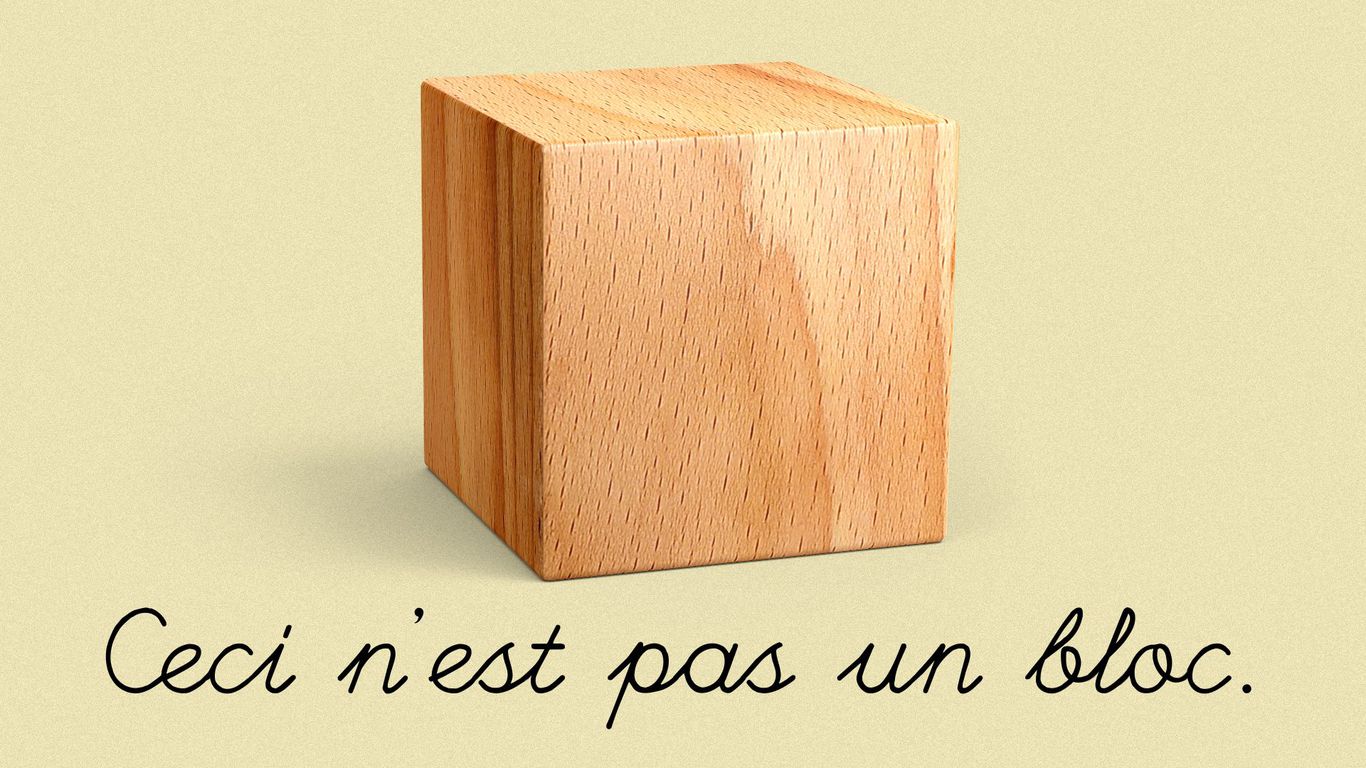You can't learn to swim from books. No one can swim without getting in a pool, and no one understands swimming if they haven't swum.
What's happening: People often ask for a primer to read to better understand crypto. There are many good ones. And they aren't what people really need. To understand this stuff, a person needs to do some crypto'ing. That's what follows.
The big picture: To wrap your head around blockchain technology, you need to do some stuff — there's just no substitute. That doesn't mean you have to continue doing it, but if you want to get it, you have to try it.
Here's a course of practice to get started. Five activities, in 10 steps, that require about $20 each (exchange fees will vary for buying and withdrawing):
The two biggest blockchains are Bitcoin and Ethereum, but the two have very different cultures. Bitcoin is more about freedom. Ethereum is more about utopia. These are wild generalizations.
Now, join an exchange such as Kraken, Coinbase, FTX or Binance — one that permits withdrawing crypto (for step 4).
Look at the amount you bought. As I write this, $80 is 0.0020 BTC. Split your number in quarters and decide now that you are going to sit on $20 worth (say, 0.0005 BTC) in this exchange account for… three years?
All of that was basic web2 stuff. Prepare for web3!
Now you need to set up a wallet. A wallet is software for holding cryptocurrency yourself. Exodus and Blockchain.com are easy ones to start with. Transfer part of your crypto to your new wallet.
Now that you have $20 on a standalone wallet, find your address where you're holding the coins. Now look at that address on a block explorer: Etherscan for ETH or BlockCypher for BTC.
Now you should buy a non-fungible token (NFT). There are cheap ones for sale on eBay, which means a credit card is all you need, plus another software wallet.
Now, trade some of your BTC or ETH for an altcoin. Two that are widely available and well suited to our purposes are ATOM, for the Cosmos blockchain, or SOL, for Solana.
This will be the weirdest part. Try buying stablecoins on a decentralized exchange (DEX). Use Osmosis for Cosmos and Raydium for Solana.
Now you have $20 of a coin that has much less of a track record than ETH or BTC. Sit on it, too.
If all went well, you should have roughly $20 in ETH or BTC on an exchange, the same in a wallet, one NFT, $20 in a stablecoin and $20 in ATOM or SOL. (Fees probably ate some of that, sorry)
If you managed all this (or even some of it), you understand web3 much better now than you were ever going to by reading.
Welcome to the blockchains.
Author
Administraroot

